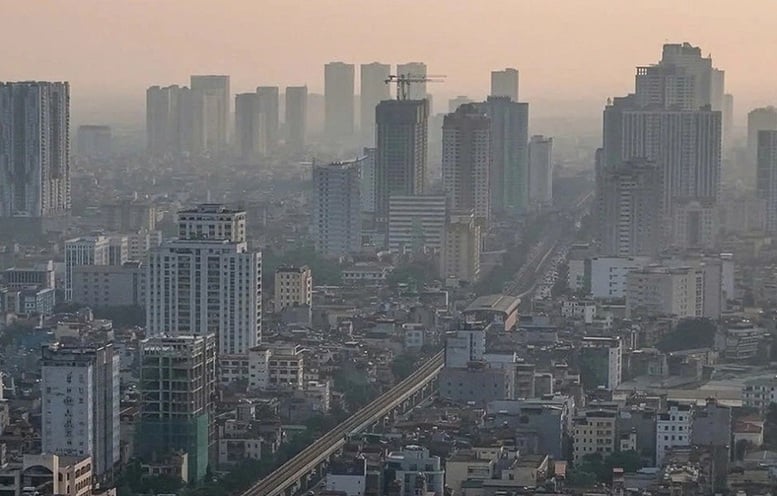
Applying AI to clarify and clean air data and pollution sources
At the seminar "Improving urban air quality" organized by Tuoi Tre Newspaper and the Department of Environment (Ministry of Agriculture and Environment) on November 25, experts proposed many fundamental solutions to deal with air pollution in large cities.
Deputy Director of the Department of Environment Le Hoai Nam said that air pollution in Hanoi and many northern provinces, especially the Red River Delta, continues to be complicated. In 2024, Hanoi experienced four serious pollution episodes, with the average annual PM2.5 concentration exceeding the standard by about twice; the number of days with poor air quality increased. In 2025, the pollution level will temporarily decrease because winter has just begun and the phenomenon of temperature inversion has not appeared much.
Pollution sources mainly come from industry, transportation, agriculture and construction, while the northern winter meteorological conditions with weak winds and temperature inversion cause pollutants to accumulate.
Associate Professor Dr. Ly Bich Thuy (Hanoi University of Science and Technology) said that the overall picture of pollution is clear, but detailed data is lacking, especially on the contribution of each type of vehicle. She proposed promoting digitalization and data collection to accurately identify emission sources and develop appropriate standards.
Dr. Hoang Duong Tung, Chairman of the Vietnam Clean Air Network, emphasized that air pollution is not only a problem for Hanoi but also for neighboring provinces such as Bac Ninh , Ninh Binh, and Hung Yen. He suggested applying AI to "clean" and standardize data, thereby building scenarios, policies, and early warnings based on transparent data.
According to the National Action Plan on Air Quality Management for the period 2026–2030, with a vision to 2045, the Ministry of Agriculture and Environment will be the focal agency for implementation. The Ministry has issued new, stricter standards for the industrial sector, with a roadmap to 2032, requiring facilities to convert technology and fuel. Regarding transportation, the Ministry is submitting to the Prime Minister a roadmap to apply 5 levels of emission standards for automobiles.
Thu Cuc
Source: https://baochinhphu.vn/ung-dung-ai-de-xac-dinh-ro-nguon-o-nhiem-khong-khi-102251125155504356.htm



![[Photo] President Luong Cuong attends the 50th Anniversary of Laos National Day](/_next/image?url=https%3A%2F%2Fvphoto.vietnam.vn%2Fthumb%2F1200x675%2Fvietnam%2Fresource%2FIMAGE%2F2025%2F11%2F27%2F1764225638930_ndo_br_1-jpg.webp&w=3840&q=75)
![[Photo] Prime Minister Pham Minh Chinh chairs the 15th meeting of the Central Emulation and Reward Council](/_next/image?url=https%3A%2F%2Fvphoto.vietnam.vn%2Fthumb%2F1200x675%2Fvietnam%2Fresource%2FIMAGE%2F2025%2F11%2F27%2F1764245150205_dsc-1922-jpg.webp&w=3840&q=75)





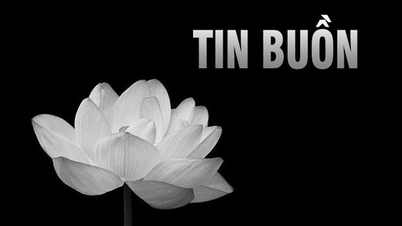

![[Video] Happy Vietnam Day 2025 will take place at Hoan Kiem Lake Walking Street](https://vphoto.vietnam.vn/thumb/402x226/vietnam/resource/IMAGE/2025/11/28/1764291951118_dung00-26-35-18still007-jpg.webp)











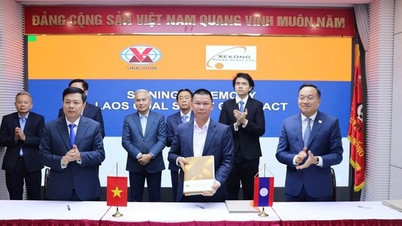



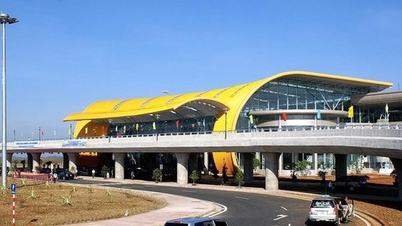














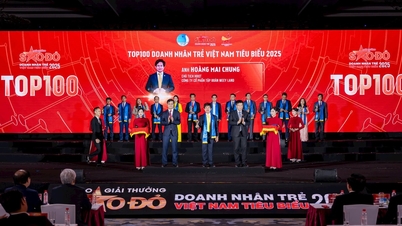




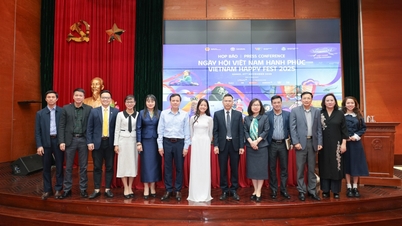

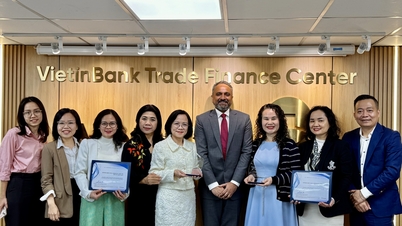


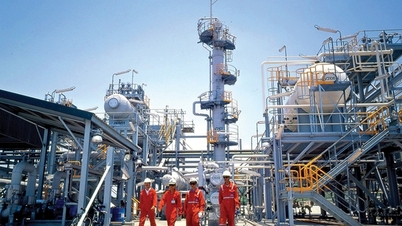
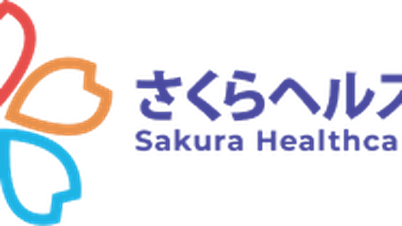
















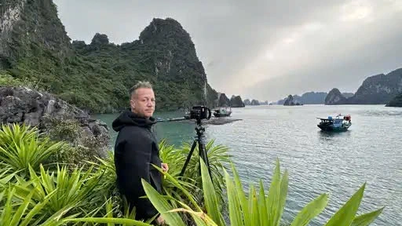
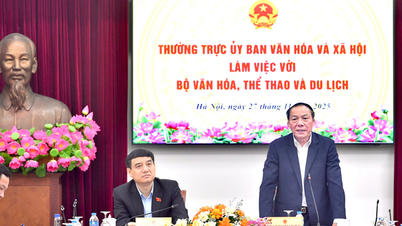


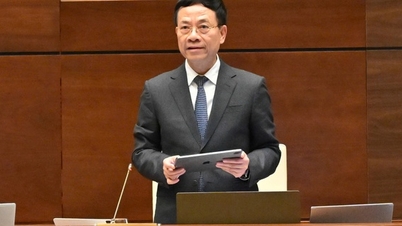



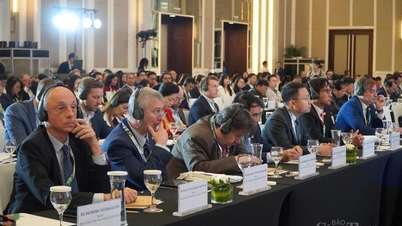
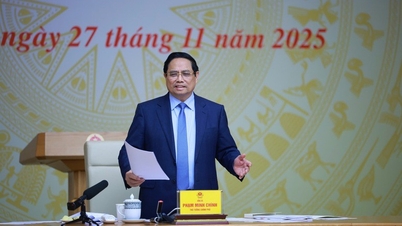


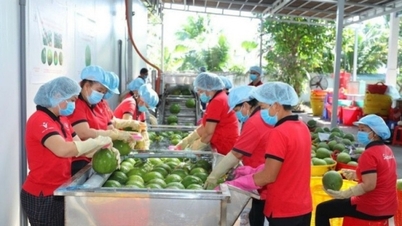

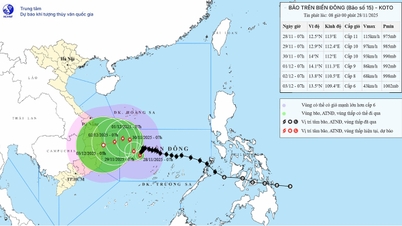

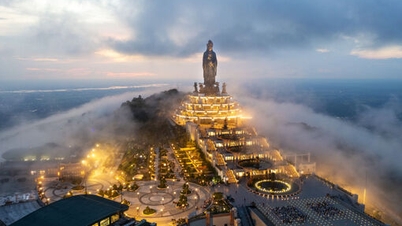















Comment (0)